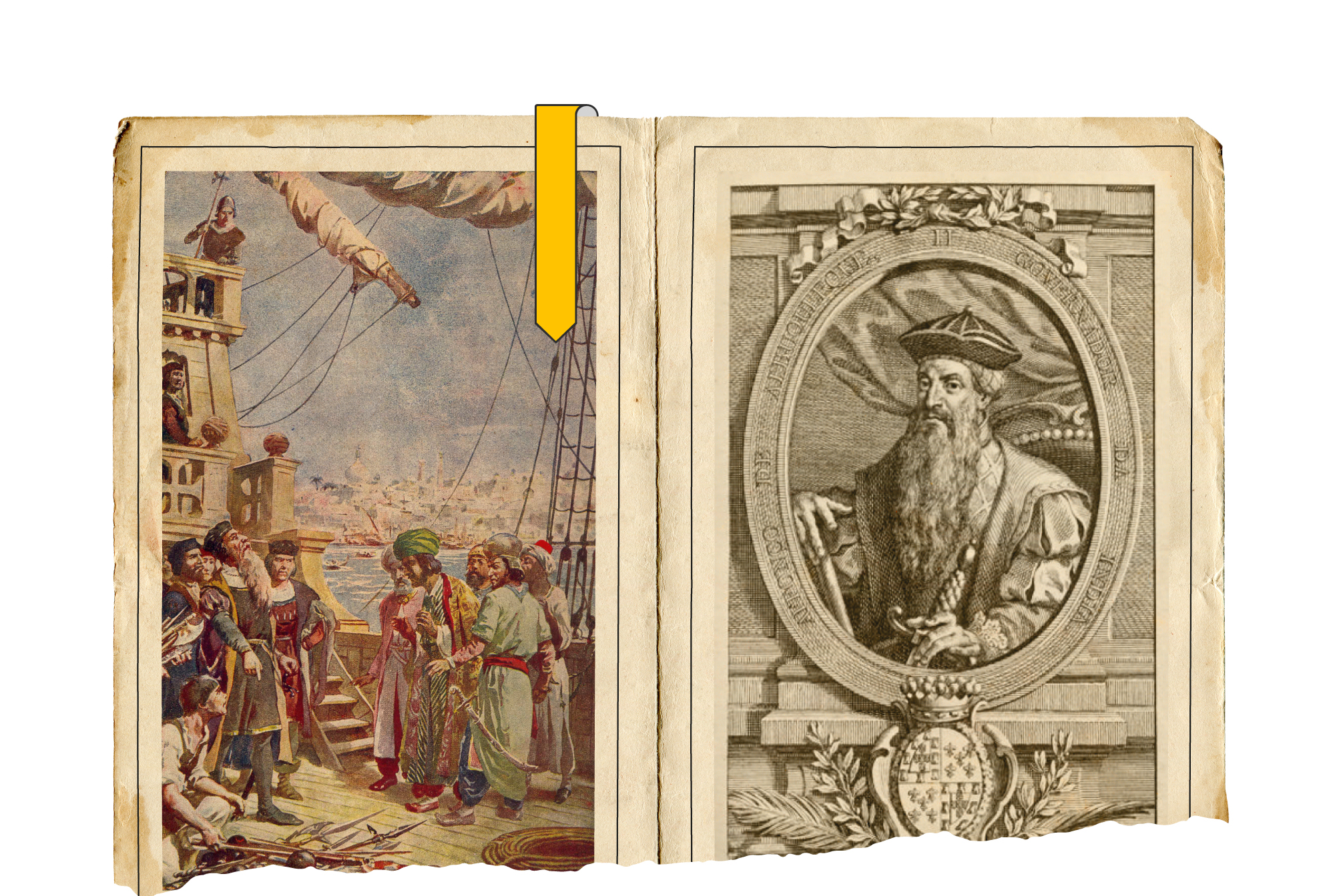
Safavid State
Long History of Treachery Against the Arab and Islamic world
History books tell us about complicity and betrayals that took place with the occupying Crusader West, in greed for the bounties of the Arab and Islamic world. Evidence confirms that betrayals were odd cases that peoples deny and the “traitor” is always ashamed thereof. Therefore, Islam made treason one of the three signs of a hypocrite. Yet, what distinguishes the external political expression of the Persians is their hostility and existential hatred for everything that is Arab or Islamic. Therefore, the series of conspiracies with the Crusader West formed a firm belief that hardly any Persian ruler deviated from, especially since the dropping of the myth of the Aryan race with the epic of Qadisiyah in the year 15 AH (636 AD).
The control of the Arabs over most of the ancient international trade axes until the fifteenth century AD, “the most important of which is the Red Sea road, which Egypt lies at its northern end and Yemen occupies its southern end, made colonial eyes focus on this region to subject it to foreign influence”. Perhaps the contexts of the strategic environment in the Eurasian region, especially in the sixteenth century AD, made the “geostrategic actors” determined in Persian Iran, the Ottoman Sultanate, some European powers, and, to a lesser extent, Mamluks in the Levant and Egypt. If the objectives of the Ottoman Sultanate were clear in expanding west and south, then Iran and the Crusader West found themselves in front of an objective alliance that aimed at eliminating what they considered an existential threat.
Portugal, greedy for warm Arab waters, remained in a state of anticipation of any anticipated confrontation and “the situation continued without a clash, as if each of them was in a state of anticipation, feeling the pulse, waiting for the opportunity and preparing to attack its opponent, until the year 1525 AD”.
The Persians read very well the nature of the Portuguese goals and saw that it was summarized in reaching the Arab coasts, considering Portugal a primarily a naval power and not a land power. Therefore, influence can be shared between both parties.
Honesty in proposition prompts us to hold the Ottoman state responsible as it contributed to perpetuating the state of Islamic dissonance in the East at the expense of the Christian bloc in the West. Some researchers believe that “the Islamic world in the East did not reach the stage of solidarity in adversities, but rather the opposite occurred, which is a state of rivalry and competition, which weakened the Islamic front in the East against the European invasion of all its groups, especially the Church”.
Ottomans took advantage of the Portuguese attacks on the vital field of the Mamluks, thus contributed to the weakening of their influence, and took possession of the areas that were subject to the Mamluks in the Levant, Egypt and Hijaz. In the same contexts of weakening the Islamic front in the East, the Persian state strengthened its alliance with the Crusader West against the Ottoman Empire, which is deemed an extension of the historical identification between the Persian and Western agendas.
Persian conspiracies with the Crusader West succeeded in stopping the attacks in the direction of the east and also contributed to the failure of the siege of Vienna after the Ottoman Sultan was forced to return to protect his eastern borders upon the frequent news about an imminent movement of the Persians to incursion into the Ottoman regions. Safavid-Portuguese alliance remains a model for alliances that targeted the Arabs in particular, in light of the racist and bloody dealings of the Portuguese against the Arabs at the hands of Vasco De Gama, as well as in light of the Persian hatred against the Arabs, which is self-explanatory.
Western countries supported the Safavids and were optimistic about allying therewith.

In this context, the Safavid-Portuguese alliance was crowned with the agreement concluded between Shah Ismail the Safavid and Albuquerque, the Portuguese ruler in India, which stipulated the following:
- A Portuguese naval force shall accompany the Safavids in their campaign against Bahrain and Qatif.
- Portugal shall cooperate with the Safavid state in putting down (rebellion) movements in Baluchistan and Makran.
- Both states shall unite in confronting the Ottoman Empire.
- Iranian government (the Safavids) shall disregard the Hormuz Islan, provided that its ruler shall remain subordinate to Portugal, and that it shall not interfere in its internal affairs.
The Crusader West was optimistic about the growth of the Safavid state and saw therein the best “reliable” ally to continue exhausting and blackmailing the Arab and Islamic world, especially as it saw that Sunni Islam is strong religious incubator and a unifying factor that possesses a great spiritual center of gravity represented in the heart of the Islamic nation, the Two Holy Mosques”.


- Ahmed Al Shamsi, Portuguese-Ottoman Conflict in the Sixteenth Century, Center for Studies and Documentation, Ras Al Khaimah, United Arab Emirates (2013).
- Kamal Al-Sayed, Rise and Fall of the Safavid State (Qom: Fadak Library, 2005).
- Ali Darwish, Politics and Religion During Safavid State Establishment (Beirut: The Arab Center, 2013).
- Group of researchers, The Safavids.. History, Conflict and Impacts, 3rd Edition (Dubai: Al-Mesbar Center, 2011).

